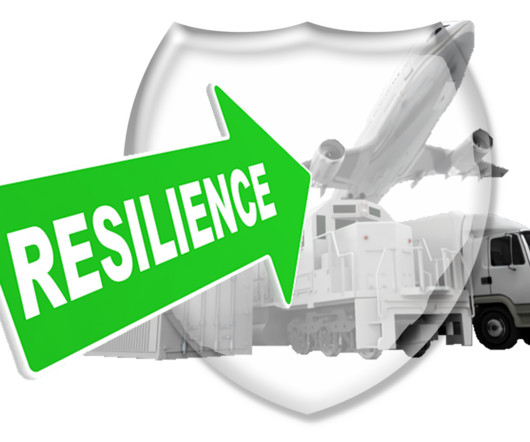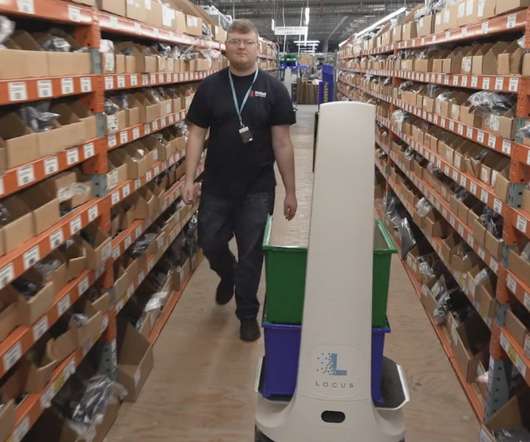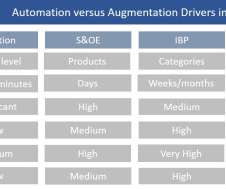Consumers Are in Charge of the Digital Path to Purchase
Enterra Insights
MAY 26, 2022
Although retailers still talk about the digital path to purchase as an alternative to the traditional shopping journey, the lines between paths to purchase have blurred. With all generations getting more comfortable on the digital path to purchase, most retailers have adapted to this new reality and are pursuing omnichannel strategies.
















Let's personalize your content